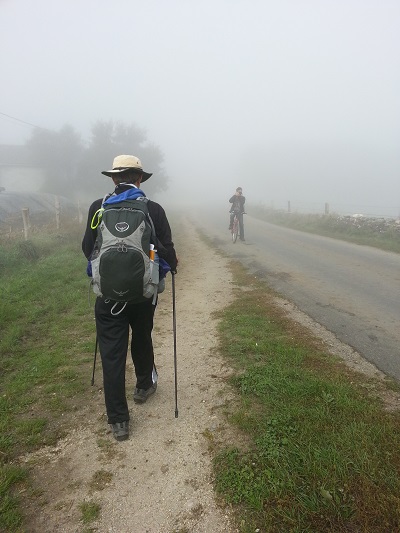St. Nicolas of Bari ( Latin: Sanctus Nicolaus) 15 March 270 – 6 December 343, also called Nikolaos of Myra, was a historic Christian saint who was the Bishop of Myra (modern-day Antalya Province on the Mediterranean coast of Turkey).
He is also known as Nikolaos the Wonder-worker because of the many miracles attributed to his intercession. In the year 2009, on my Journey into Turkey ( Steps of Paul), I first visited His Tomb (museum) in Myra by “coincidence” or “by the guidance of the Holy Spirit,” as illuminated to me by a former Pastor friend of mine. The remains and relics were moved by some Italian sailors (believed to be Franciscan Monks) from his tomb in Myra to Bari in Italy in the year 1087.
“Five years in the making this journey of mine
From the day stumbled, I upon a sight so fine.
Within a cave with fresco and writing in Greek
From which learned I the story of Saint Nick
That long ago in a place we now called Demre.
Wherefrom pilgrims took his remains in a hurry.
Transported the same to the city known as Bari
Located at the heel of the graceful boot of Italy.“
Now my journey into Bari is one I like to share
as I recall that once wrote I to those who cared:
“A small step I took away from the Steps of Paul
Stumbled I upon a sight I watched with awe;
There appeared before my eye the tomb of St. Nicholas.
He whom we knoweth well the night before Christmas
St. Nicholas hath by temporal hand been commercialized.
During the wintry months, in more ways than he had realized;
Knoweth so few St. Nicholas was the Bishop of Myra.
In an unknown little town I have come to admire;
When flowers in Myra, I believe, were in full bloom.
It was from its nearby harbour Paul set sail for Rome“.
In the Spring of 2014, five years after I visited the tomb (museum) of St. Nicolas in Myra, I was blessed with the opportunity of a pilgrimage to Bari, Italy, to pay respect to The Wonder Worker at his Tomb. I (born and raised in the Lutheran tradition) have learned to appreciate the Orthodox Christian’s veneration of the relics of St. Nicholas…Pilgrimages to the Basilica have increased exponentially on Feast Day and throughout the year.

A Crypt was completed by October 1089. Pope Urban II laid the relics of St. Nicolas beneath the crypt’s altar, consecrating a shrine that became one of medieval Europe’s great centres for Christian pilgrimage . The present Basilica over the Crypt was completed in the middle of the 12th century. Although the Basilica belongs to the Roman-Catholic church ( managed by the Dominican Order monks), it is an Ecumenical Centre.
In 1966 at one side of the crypt, an Orthodox chapel was established to provide Orthodox liturgy. “The ecumenical vision of the Dominican brothers sees St. Nicholas as everyone’s saint serving to bring together Christians of many varying expressions from both East and West to worship God in unity” –www.stnicholascenter.org.

Despite the crowd of people (with different tongues) in the crypt, there is relative quietness. At times, even reverential silence as Christians of different denominations and countries pray in common spiritual unity.
Here is the story on my “Accidental” visit to The Tomb of St. Nicolas in Myra, Turkey (Steps of Paul):
During my Turkey journey in 2009 (see Steps of Paul), I was staying in a small hotel in Antalya, Turkey. I had earlier booked a day tour of some local attractions. At 5:00 am in the morning, there was a knock on my door. It was someone from the hotel reception, and he said: “Mr. Fung, you have a phone call.” I was thinking: Who could be calling me at this unearthly hour? I went downstairs to answer the call (because I had no phone in my room). My travel agent told me that my tour for the day had been cancelled because there were only 2 English-speaking tourists. He asked whether I would mind joining a Russian tour group. He told me that the tour might interest me because it would be taking the group to the Museum of St Nicolas. I had, until that point in time, never heard of The Bishop of Myra ( now revealed to me as St. Nick ). I wrote a short poem to my family and friends about it afterwards, and the rest is a mystery …
Peace be with you
Nicholas
“For I do not seek to understand to believe, but I believe to understand. For I believe this: unless I believe, I will not understand.”- Anselm of Canterbury.

















Post more your journey please.
Ok but Baby steps 🙂